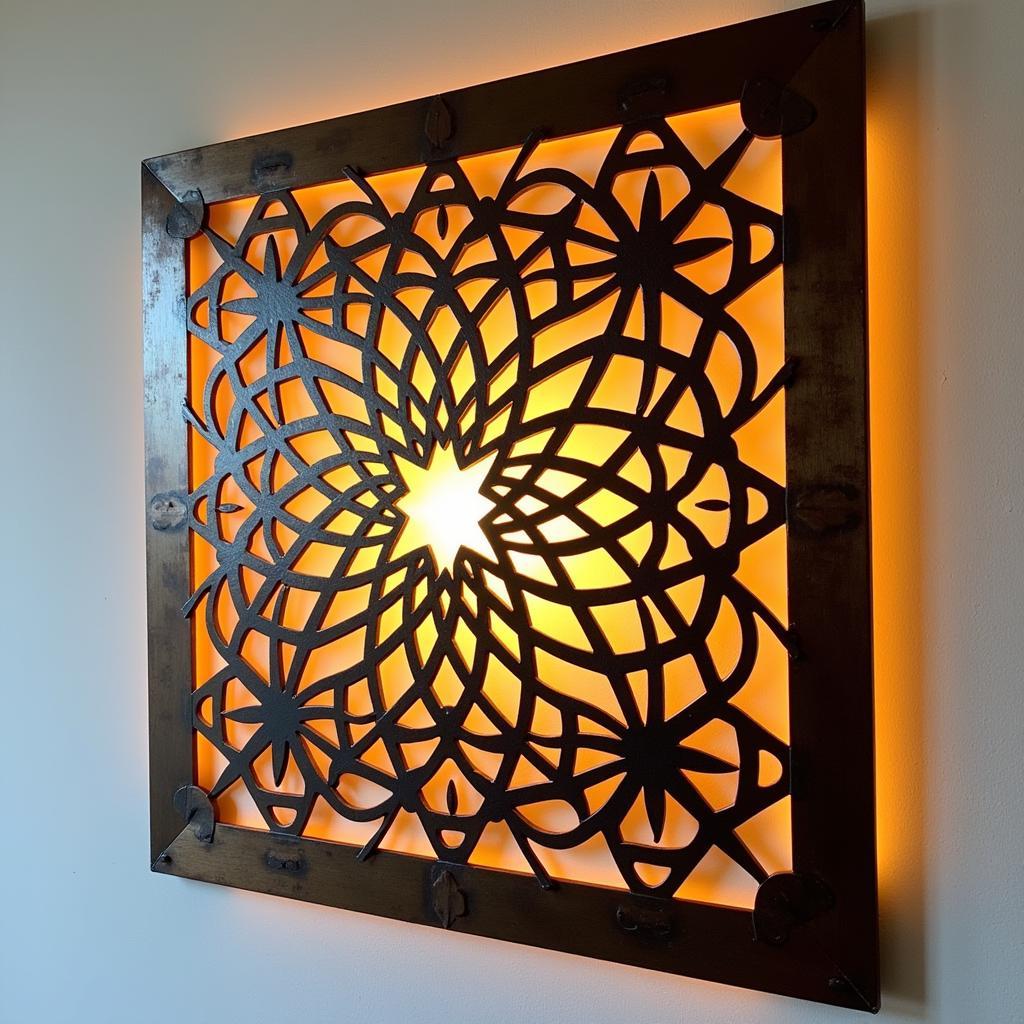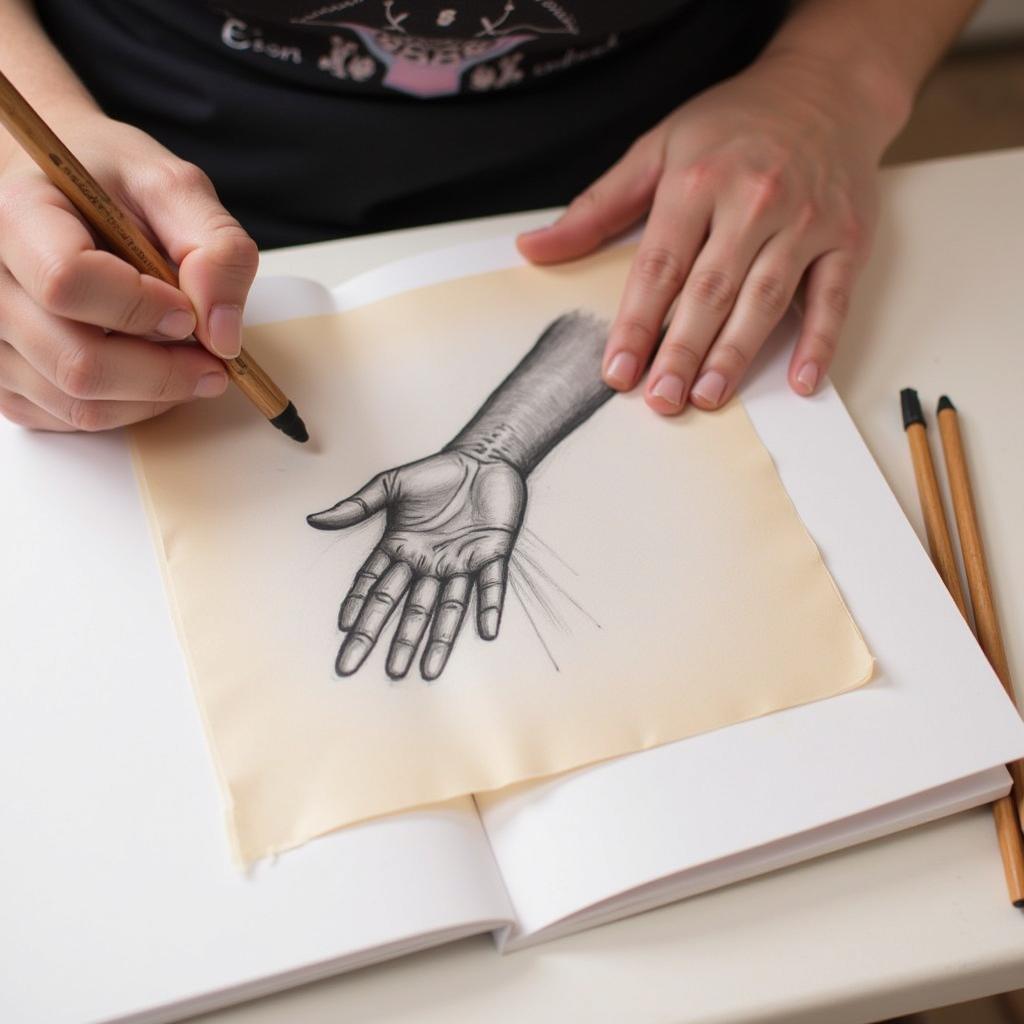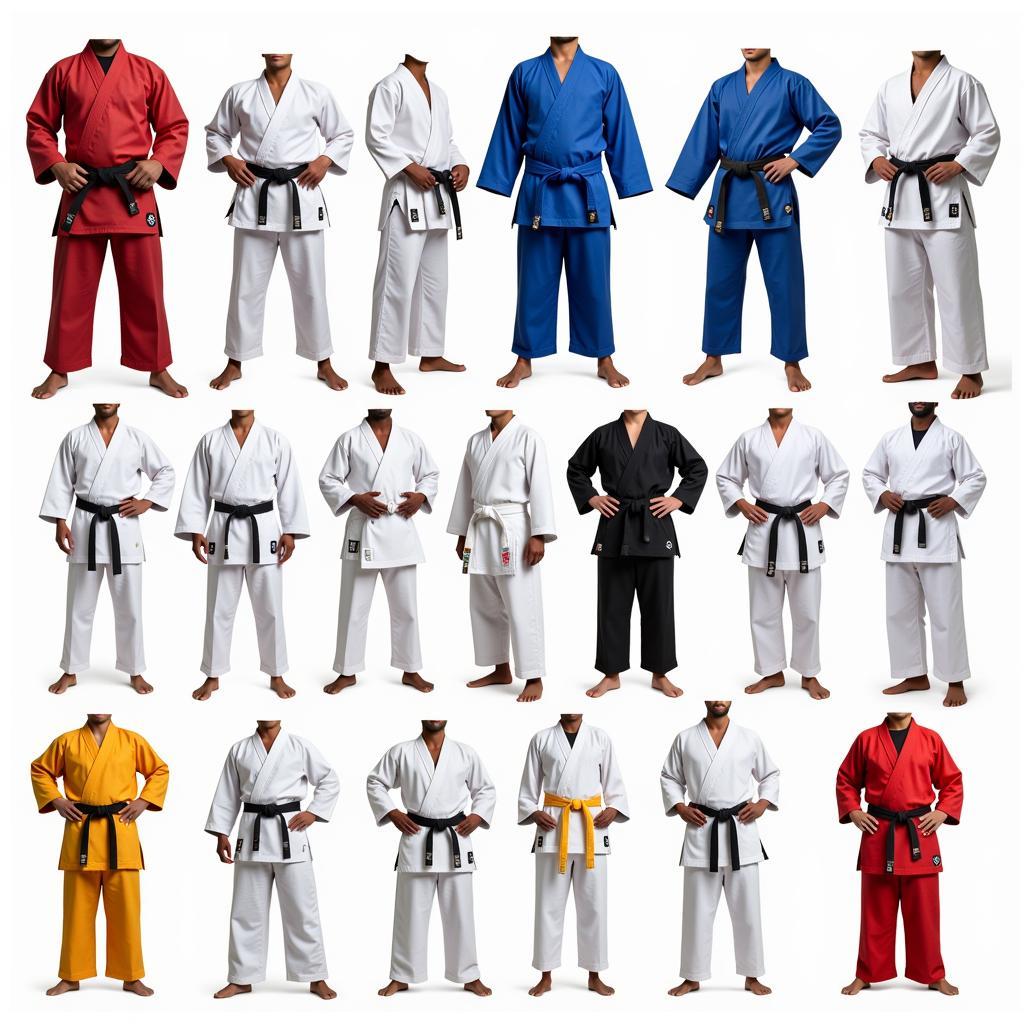God and Art: A Divine Inspiration
The intersection of “God And Art” reveals a fascinating tapestry woven from faith, creativity, and the human experience. For centuries, artists have turned to the divine as a source of inspiration, seeking to capture the essence of the spiritual realm and express their beliefs through their chosen medium.
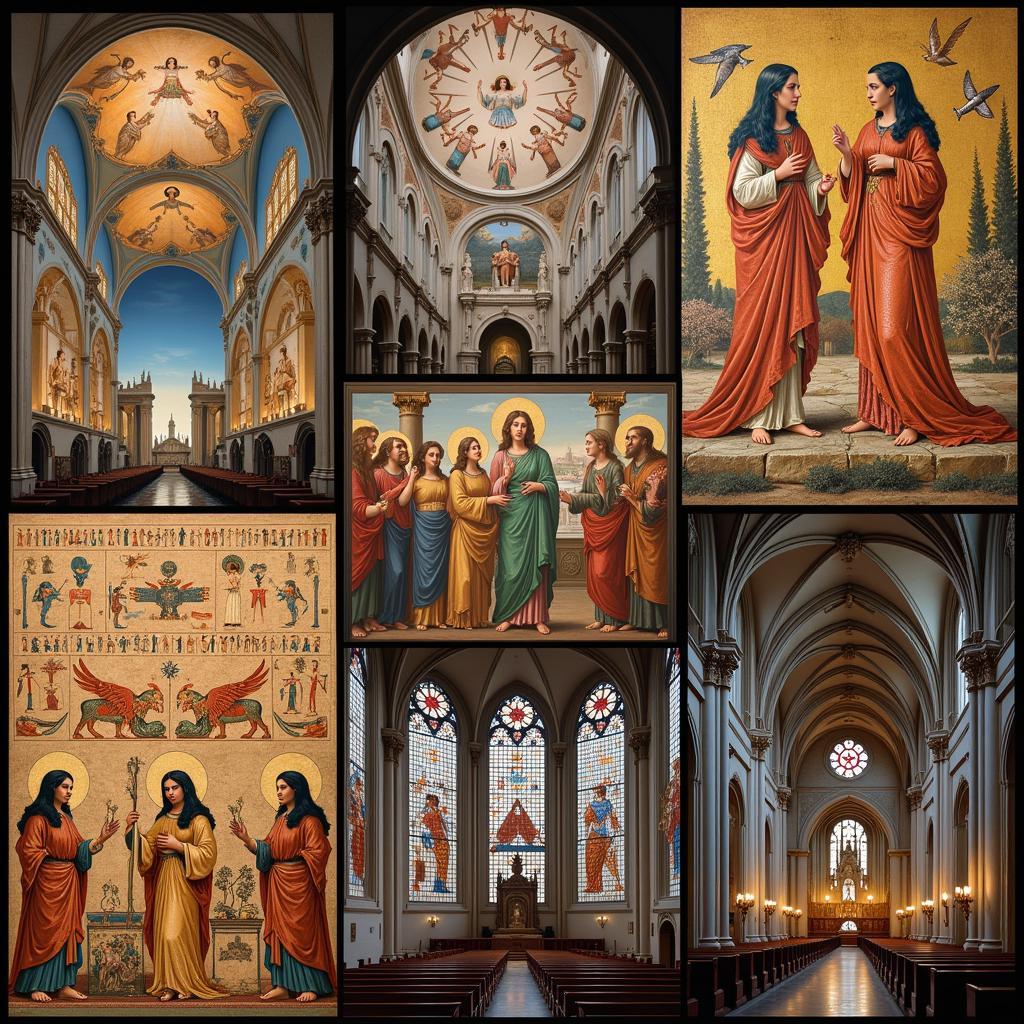 God and Art Through the Ages
God and Art Through the Ages
A Timeless Connection
The depiction of gods and deities in art dates back to the earliest civilizations. Ancient Egyptian tomb paintings, for example, portrayed their pharaohs alongside gods and goddesses, reflecting their belief in the afterlife and the power of the divine. Similarly, Greek sculptures often idealized the human form in their portrayals of gods like Zeus and Aphrodite, emphasizing both physical perfection and supernatural authority. These early examples demonstrate how art served as a powerful tool for communicating religious beliefs and reinforcing social structures.
The influence of religion on art reached its zenith during the Middle Ages in Europe. Christianity, the dominant faith at the time, inspired magnificent cathedrals adorned with intricate carvings, vibrant stained glass windows, and awe-inspiring murals. Artists labored tirelessly, often anonymously, to glorify God and elevate the Church’s teachings through their creations. This era gave birth to iconic works like the Notre Dame Cathedral and masterpieces by artists like Michelangelo, Leonardo da Vinci, and Raphael, who found both patronage and inspiration within the Church.
Beyond the Canvas: Exploring Different Faiths
While the connection between Christianity and art is widely recognized, it is crucial to acknowledge the profound influence of other world religions on artistic expression. Islamic art, for instance, is renowned for its intricate geometric patterns, calligraphy, and arabesque designs, reflecting the belief that the depiction of living beings should be avoided. These artistic choices highlight the importance of abstraction and symbolism in conveying spiritual ideas.
Similarly, Buddhist art often depicts the life and teachings of the Buddha through serene sculptures and intricate mandalas, emphasizing meditation and the path to enlightenment. Hindu art, with its vibrant colors and dynamic compositions, celebrates the multitude of gods and goddesses that populate its pantheon, embodying the concepts of dharma and karma.
Exploring these diverse artistic expressions reveals the universality of the human desire to connect with the divine and articulate that connection through creative means.
Finding the Divine in the Modern Era
In the modern and contemporary art world, the relationship between god and art has evolved. While some artists continue to explore traditional religious themes, others engage with spirituality in more nuanced and abstract ways. The focus has shifted from literal representations of deities to exploring broader concepts of faith, doubt, ritual, and the search for meaning.
Artists like Louise Bourgeois, with her monumental spider sculptures, and Anish Kapoor, known for his enigmatic installations, delve into themes of creation, the sublime, and the unknowable, prompting viewers to contemplate their own spirituality and place in the universe. The lines between art and religion have blurred, encouraging dialogue and introspection rather than offering definitive answers.
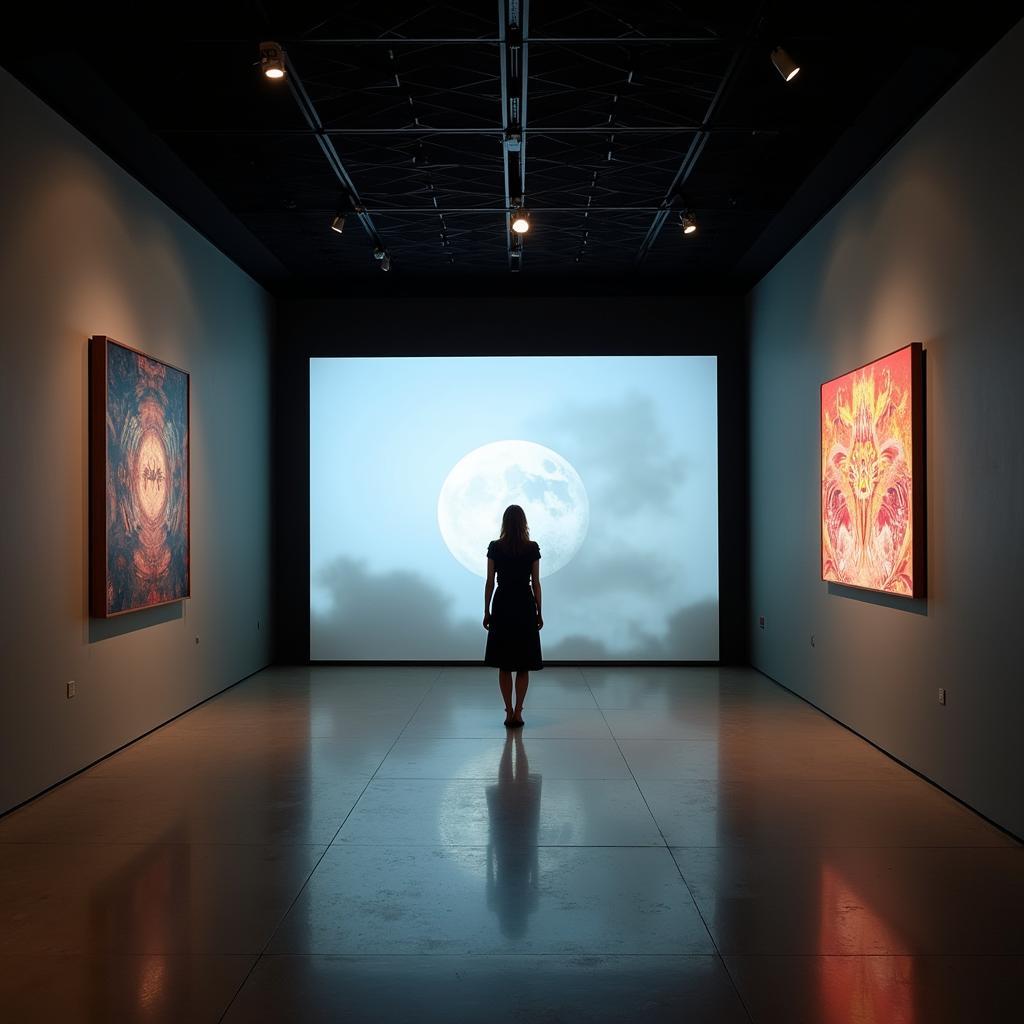 Modern Interpretations of God in Art
Modern Interpretations of God in Art
FAQs about God and Art
1. Is all religious art about depicting gods?
Not necessarily. While some religious art focuses on representing deities, much of it explores broader themes of faith, morality, spirituality, and the human condition.
2. Can art be a form of worship?
For some individuals and cultures, the act of creating or experiencing art can be deeply spiritual and even serve as a form of worship or connection with the divine.
3. How has the relationship between god and art changed over time?
The relationship has become more complex and nuanced, moving away from literal representations towards more abstract explorations of faith, doubt, and the search for meaning.
Are you ready to explore your own divine inspiration?
The intersection of god and art offers a rich and endlessly fascinating field of exploration. Whether you find solace in traditional religious iconography or connect with the divine through abstract expression, the power of art to inspire, challenge, and uplift remains undeniable.
For more information and resources on specific religious art forms, check out these articles:
We encourage you to explore the “Online Art workshops” website for opportunities to learn, create, and connect with others who share your passion for art and spirituality.
Need assistance? Contact us!
Phone: 02462573573
Email: danteum@gmail.com
Address: Savico Megamall, 7-9 Đ. Nguyễn Văn Linh, Gia Thụy, Long Biên, Hà Nội 10000, Việt Nam.
We have a dedicated customer support team available 24/7 to help you with any questions or requests you may have.

